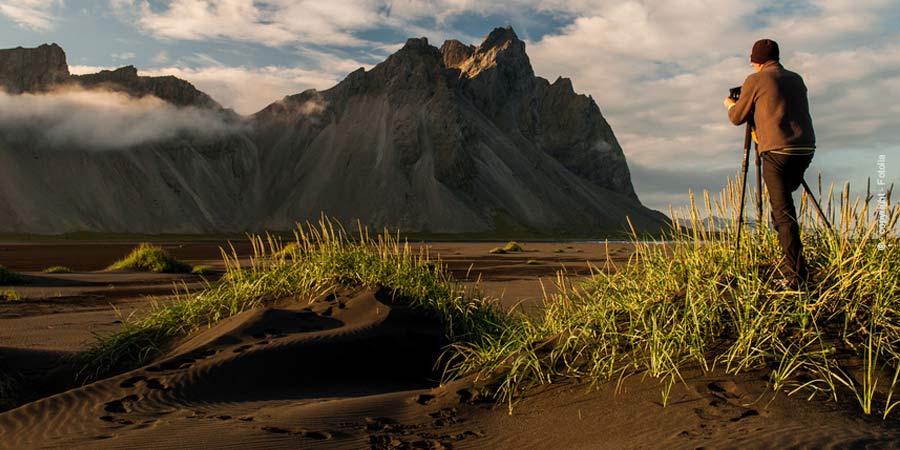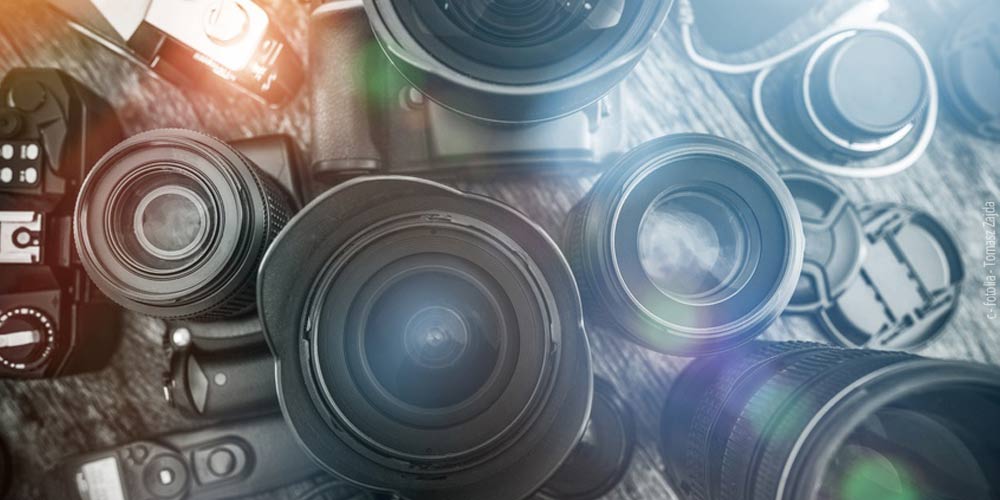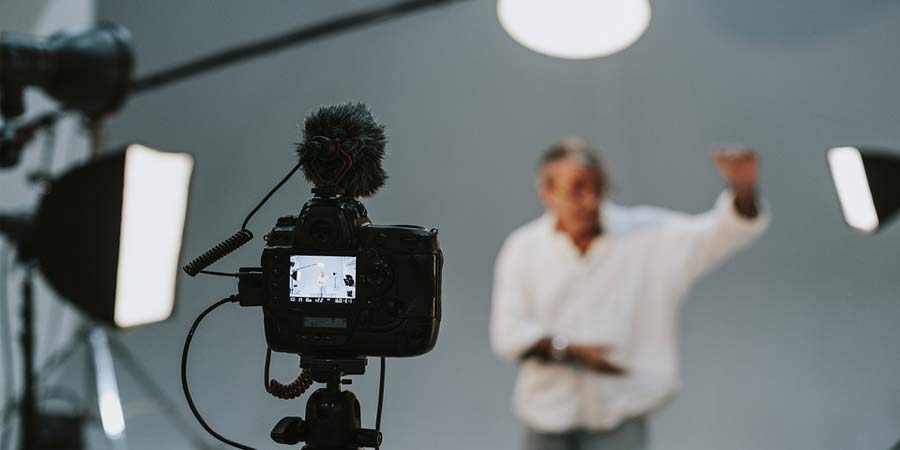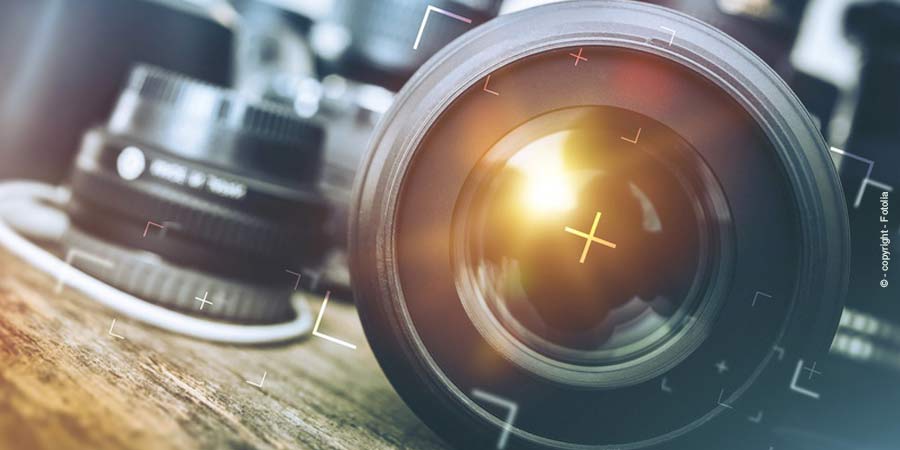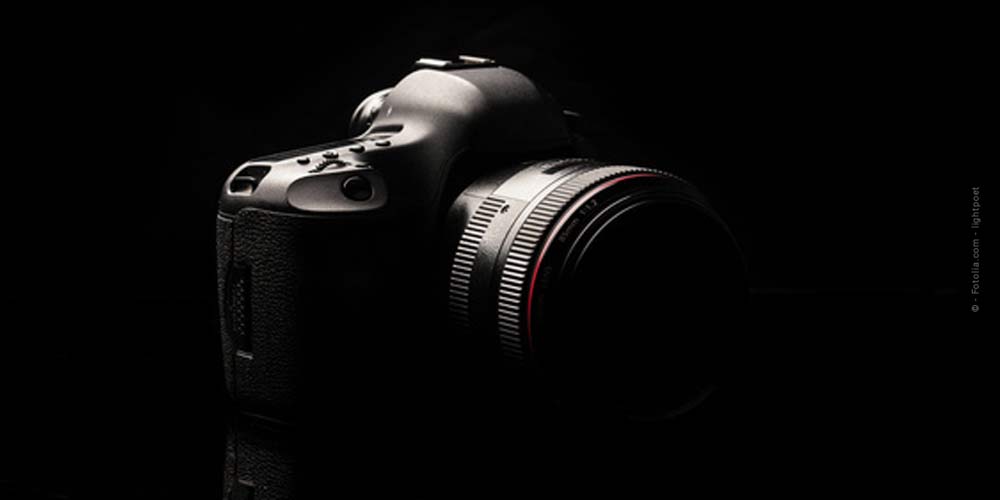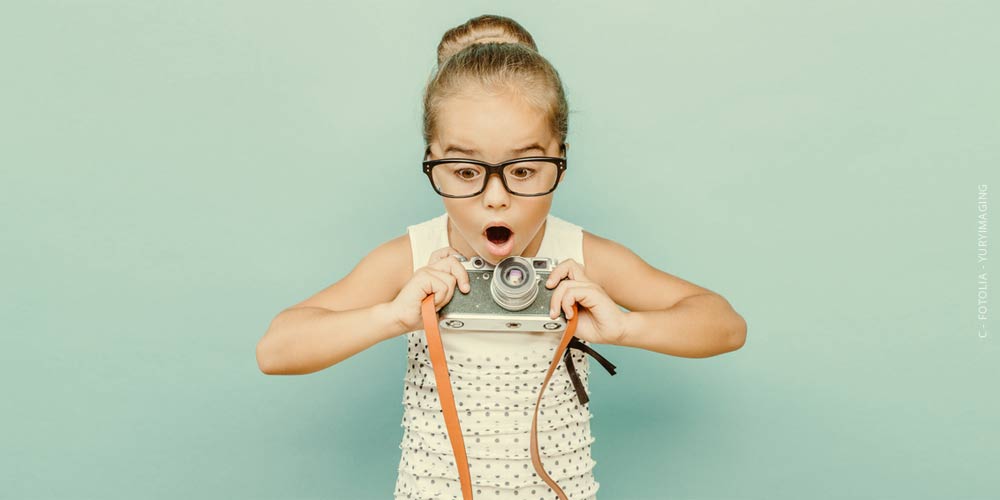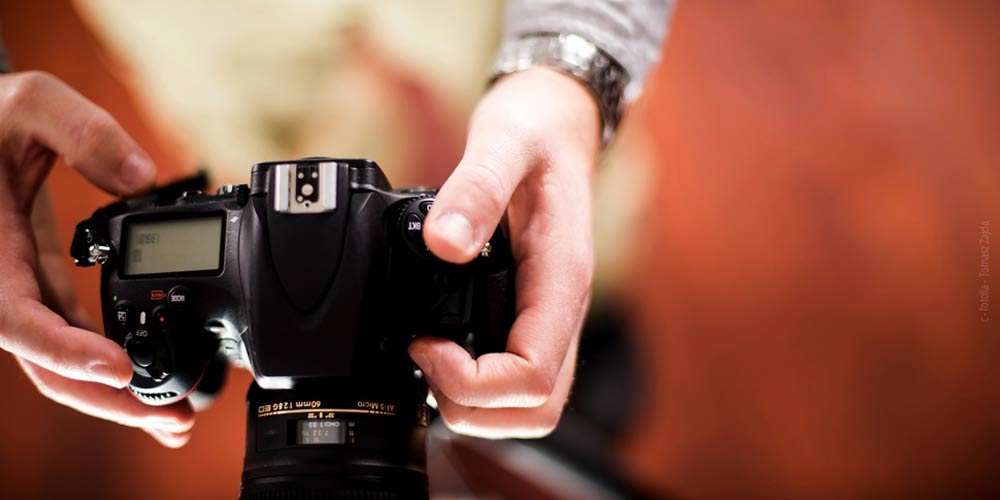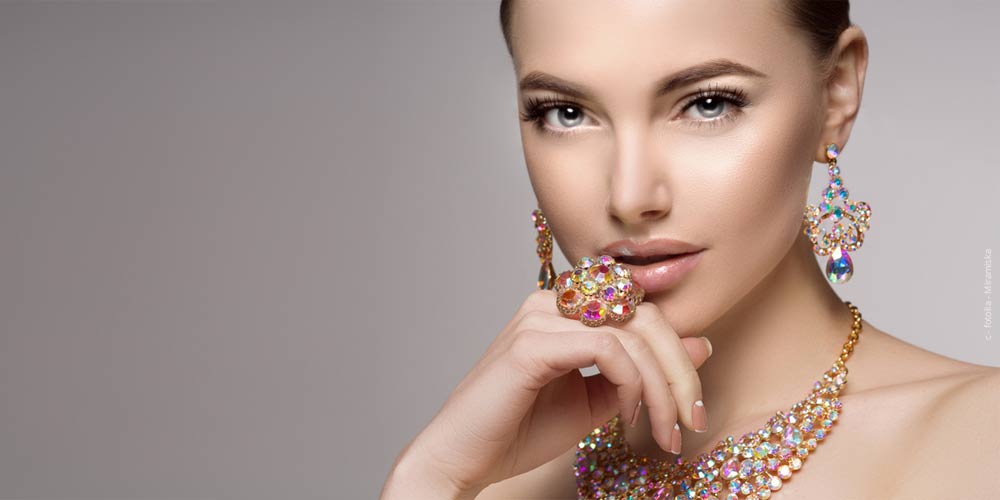Animal photography: Good equipment and patience lead to success
Experts will spontaneously recommend the wild camera for professional animal photography. But a good animal photo is also perfect with a normal digital camera if you follow these tips. Ultimately, the photo captures both the optical beauty of an animal and the grace of its very special body language.
Animal Photography and Endurance
Photographing a cat is usually fantastic. Because room tigers, so the human faith, hold a camera lens just sufficiently worthy, in order to be flashed by this and thus be photographed. With dogs, the Pavlovian effect can be optimally used to keep them motionless for the important moment. With wild animals such as birds, deer or foxes, neither animal self-confidence nor (anyway impossible) conditioning work. Nevertheless, the necessary stamina combined with care helps to create fantastic animal photos:
Tip One: What exactly does the animal want in this second?
Animal eyes reveal a lot about the current mood. At least in the case of pets, this shows how promising the admission attempt can be right now. Animal photography with a focus on the animal’s eyes is also the most professional in terms of camera technology.
Tip Two: The viewing angle
A bird lives in the air. So the viewing angle from below is optimal for a perfect photo. A horse stands on solid ground, but it nevertheless looks sublimely down on the photographer. This should be considered for the perspective of exactly this animal photography. If hamsters, goldfish or rabbits are to be photographed, changing the angle of view according to size is a recipe for success for a good shot.
Tip Three: Nature is perfect without Photoshop
Cut animal photography is not professional. No matter what strange contortion a recorded animal makes, it’s good as it is. In animal photography, photo editing is more likely to be assigned to the area of natural caricature.
Tip Four: The shooting environment
In the case of pets, the background may have some influence on the animal photography. A photographically perfect background in a forest or zoo can only be achieved through sharp observation and patience when selecting backgrounds.
Effects in Animal Photography
If these four less technical basic rules are observed, the following tips will significantly improve a shot in any animal photography.
Tip Five: It’s just animals
Calculating what an animal is doing right now is pointless. At best, the photographer has optimally adjusted the camera, chosen a good background and is just waiting for the perfect moment. So why not take a picture when Fuchs feels silently caught by humans or when a horse just dares a bold yard jump? The photographer, however, should be fully prepared for the moment of a movement in order to establish himself as a professional in animal photography with photographic evidence that seems almost alive.
Tip Six: Motion or Still Life?
Action photography takes up quite purposefully the movement of an animal. The focus is on physically distinctive features such as eye expression or individual muscle movement. Animal portraits, on the other hand, resemble a still life. They photograph an animal in as quiet a moment as possible in order to capture its optical beauty away from any movement. The photographer should know long before taking the print which of these variants better meet his shooting requirements.
Result: Catch the right moment and be well prepared
For a sensational wildlife photography gamekeepers or hunters like to recommend the wildlife camera. But the real attraction lies in capturing the beauty of the moment from other, less spontaneous angles. Technical tricks and personal patience support truly sensational photos of pets and even wild animals in motion.
